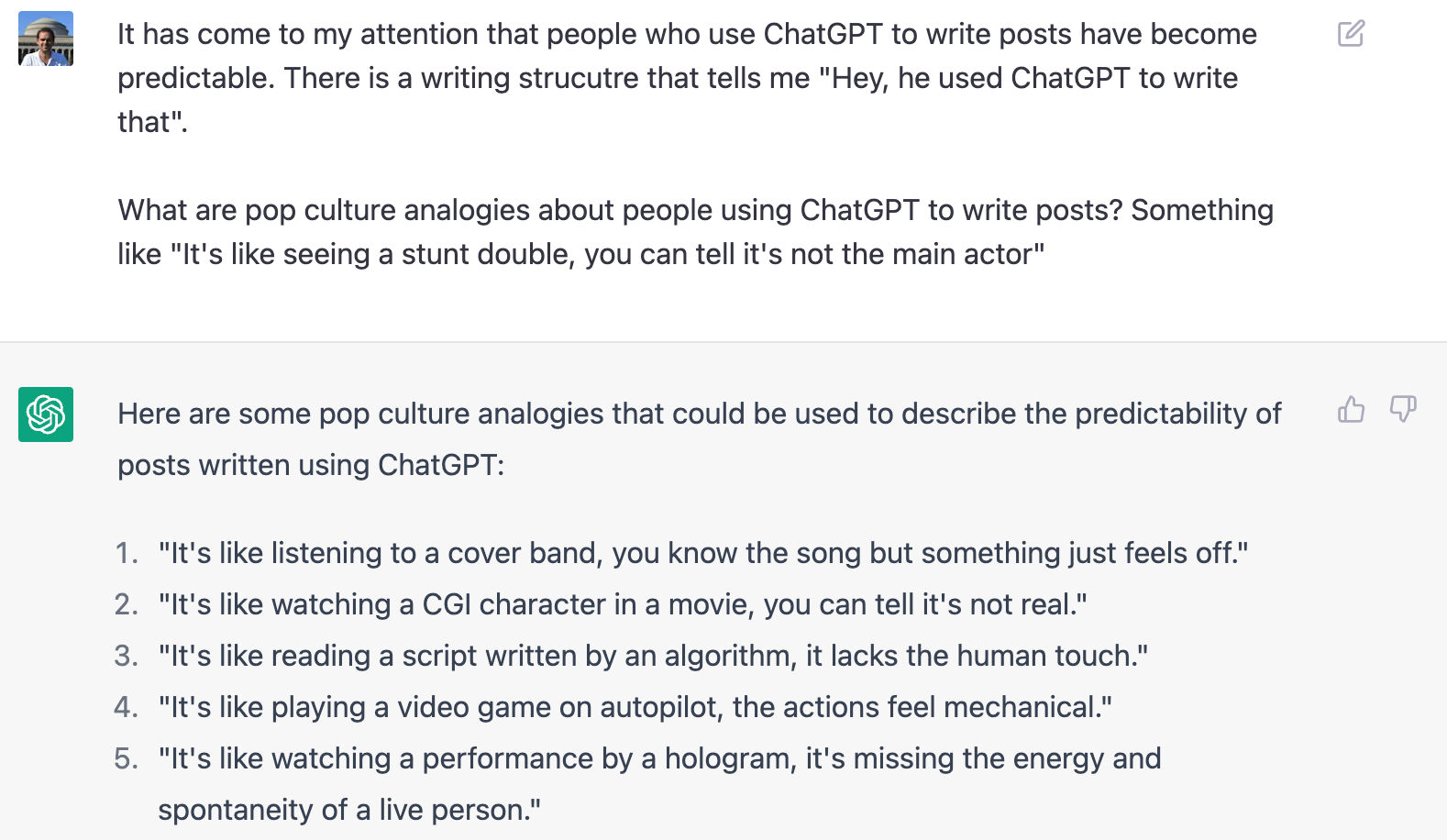How to NOT use A.I.

ChatGPT took the world by storm when it was released a few months ago. It took a common concept in the tech world but made it much more tangible for the masses. Today, millions are using it every day for many things ranging from writing stories and asking for feedback to generating school essays and creating different types of content.
However, we are already reaching a point where the language and structure of GPT become noticeable. It's like watching a CGI character in a movie; no matter how much it costs to create it, you can still tell it's fake.
The risks of delegating many creative tasks to artificial intelligence are numerous. Imagine if Mozart had access to it. Would he have created his four symphonies? What about all the art students? Is the potential of the next Steven Spielberg being risked due to A.I.?
We saw A.I. coming from a mile away, from science fiction films like Terminator to cartoons like The Jetsons. Automated assistants are here to stay, and their impact will be massive.
But there will be a discipline to be mastered for those who want to stand out from the crowd. Original content creators and creatives will become more valuable assets to society. After all, someone needs to provide the algorithm with something fresh that is not a mashup of other publications being chewed and spit out over and over again by the ChatGPTs of the world.
Humanity runs the risk of delegating too much brain exercise to A.I. and losing out on originality and creativity. Previously, when someone wanted to think of an analogy, they had to be creative or very good at research, or both. Today, A.I. can do that for us, and it can do a pretty good job.






Comments ()